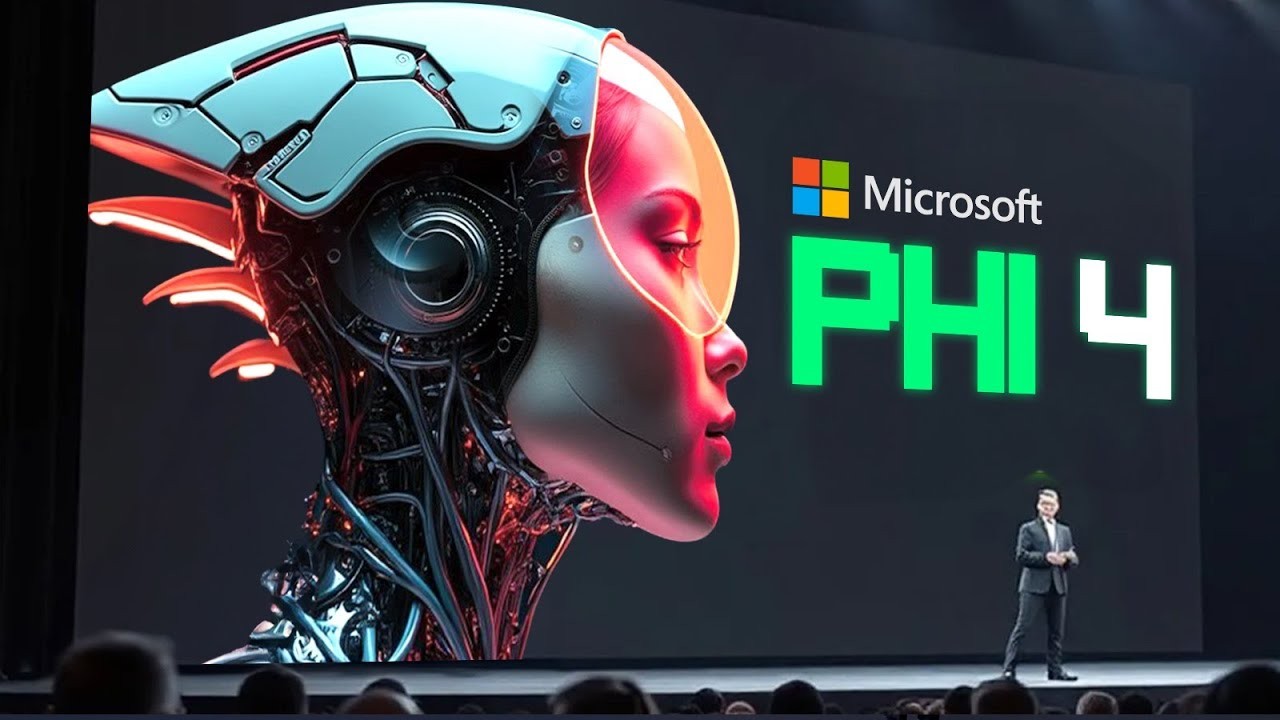
Microsoft has taken a bold step by fully open-sourcing their advanced Phi-4 AI model, making it freely available on the Hugging Face platform under an MIT license. This move allows both researchers and commercial developers to access, modify, and deploy the model's complete architecture.
The 14-billion parameter Phi-4 model, which was previously restricted to Microsoft's Azure AI Foundry platform, has demonstrated remarkable capabilities in mathematical reasoning and language understanding while requiring fewer computational resources compared to larger models.
"We have been completely amazed by the response to [the] phi-4 release," said Microsoft AI principal research engineer Shital Shah, announcing the decision to release the model's weights publicly.
What sets Phi-4 apart is its impressive performance on complex benchmarks. The model achieves over 80% accuracy on challenging tests like MATH and MGSM, surpassing larger competitors including Google's Gemini Pro. Its architecture was trained on 9.8 trillion tokens of carefully curated data, including academic materials, coding resources, and synthetic datasets focused on reasoning tasks.
The open-source release provides complete access to the model's weights - the numerical values that determine how it processes and generates language. This level of access enables developers to customize and adapt the model for specific applications without requiring Microsoft's permission or extensive computing infrastructure.
This release marks a notable shift in AI development strategy, proving that smaller, efficiently designed models can match or exceed the performance of much larger systems. For businesses and organizations with limited computing resources, Phi-4 offers a practical path to implementing advanced AI capabilities.
Microsoft has emphasized responsible AI development throughout this release. The model underwent extensive safety evaluations to address concerns about bias and misinformation, though users are advised to implement additional safeguards for sensitive applications.
As developers begin working with the newly accessible model, its real-world impact and potential as an alternative to existing commercial AI solutions will become clearer in the coming months.